World Fine Art Professionals and their Key-Pieces, 73 - Urit Luden
World Fine Art Professionals and their Key-Pieces, 73 – Urit Luden
In January, the Dutch edition of the Carro Project took place in the Amsterdam MLB Gallery. Two Dutch participants of the 2014 edition had invited their Italian colleagues to Amsterdam. Urit Luden was one of those two. Her work was also shown at the exhibition.
I speak with Urit in the MLB Gallery. The opening is behind us. She tells how the Carro Project came about. Urit Luden: “Many Northern European poets, artists and writers made in earlier centuries a ‘Grand Tour’ to Italy , in search of the classical heritage. Many of them also visited Liguria, especially at sea. We were invited to capture our artistic expression of Ligurian villages that are higher in the mountains.”
Crazy colors
The Ligurian coast is beautiful. In most places it runs steeply down , directly to the sea. Halfway houses are located in beautiful colors, bright colors, but also soft pastels Urit: “That was to help the fishermen at sea. When they saw those colors, they could see that they were not far from shore. The houses further away in the mountains also had these colors. There it had no function anymore, it was there for the sake of beauty.”
The rich color palette comes back in some of the work that Urit exhibited in Amsterdam. She spent over a week in Carro, along with Etty Elbaz Griffioen and four Italian colleagues. Work of six artists were on display. Six different views of the same place.
Sketches
Urit Luden is an architect originally. She found the visit to Italy a fantastic experience. “It was a peaceful place, but we worked intensively.” Already the first morning at six o’clock Urit went into the mountains. “Our hosts were trying to show us as much as possible, from early morning until late at night. “’I have seen a lot and made a lot of sketches. I was particularly fascinated by the skyline of the mountains and the integration and deviation of the trees in this line.”
They also went to the Ligurian Sea, with a boat to Portofino. The wind picked up and it started to storm. She shows the sketchbook, some pages got thick because of the water waves.
The first few days they were in a house in Carro. “That was a pseudo post-modern , fake 17th century house. Then we went to a village a bit further, Rio, and landed there in a former little old school. We were mostly outside. It was August, pleasant weather. One evening, after a meal at a long table with many villagers at the sportsfield, we went for a hike in the mountains. We went in search of owls and bats. Nearly the whole village accompanied us.”
In the landscape there were two special ‘trees’ visible in the distance from any corner. “They were huge electricity or communication poles. They became my heroes. I called them Don Quixote and Sancho Panza. I am impressed anyway by manmade objects.”
On a series of brown paper placemats Urit made elongated drawings of the abovementioned meal. Church towers of the two villages and their power poles are to be seen in a particular perspective.
Vertical panels
On the basis of sketches on location she made vertical drawings on panels with a size of 100 x 30 cm. The unique thing about the series is that the panels are 12 autonomous works that stand on their own and at the same time, in combinations of three, have continuous lines forming a new composition.
A part of the panels she presents on white paper, another part on semi-transparant (lime)paper. You see the roads in the mountains, the layered image of mountains in the distance, the church, the modest village homes, electricity poles and the visible horizontal electric wires. “Although it looks Japanese and calligraphic, it’s not. This appearance is due to the use of black ink and pen on the elongate paper with a non-perspective.”
In addition, she made small colorful works with water colors, ink and paper collages. She also made dolls on sticks, puppet figures of the Italian Carro Art Committee, which she showed to the participants at the opening: the Professore (Dino de Simone), the Presidente (president Fernando Pugliese) and the ‘wild artist’ (Paolo de Nevi). Barbara Busetto and Cesare Badini are the other artists in this exhibition.
London and Delft
Urit Luden graduated as an architect from the Technion in Haifa, the Technical University of Israel. There she was, among other things, radio journalist and studied dance and dance notes. In London she worked with the famous architect Zaha Hadid. Then the Mondriaan Foundation invited her to hold an exhibition of an installation of her hand. That happened in the main tank of the Waterloopkundig Laboratorium in Delft. Employees of the Dutch Architecture Institute (NAI) invited her again, this time for the NAI.
The NAI and TU Delft suggested to her to stay a few years in the Netherlands to work it out all right. There were other presentations and exhibits of her hand, in the Netherlands and elswhere. For the NAI she made ‘100 frames’, an installation of 150 m2, hanging as a marionette in the room. She also held a live performance , ‘Li(o)ne Circus’ where she made a spatial drawing along with the audience. In the background you could hear a lecture on architectural drawings in the form of a play.
When asked whether she is an architect or an artist, Urit replies that “architecture simply is a medium of art.”
A BOOX
She shows a photo of a suitcase that she uses in her 3D drawing performance. For the same exhibition she created, instead of a catalog, A BOOX, a kind of toy with elements of the exhibition that took place in a room of 900 m2 in the NAI. “Michel Waisvisz of STEIM has written a special musical composition for the exhibition.”
In the library of TU Eindhoven she had another project. An installation of 100 m2 with nine projects that form a three-dimensional film. “It’s important to me that I make people aware of the space in which they are located. My architecture attempts to dance, so to speak.”
It did not stop at one year in the Netherlands, it got longer. She went to work as an independent architect and for a number of architects, including Jan Hoogstad from Rotterdam, Ben van Berkel from Amsterdam and others. She worked on buildings and projects.
These days she is busy also with Ebooks. She tries to find out what she can do with the medium ebook. The project is called ABSU BOOK-E LOOKLY. It consists of drawings and essays. Her first series of books is almost ready. Each book begins with a drawn story that raises questions about our culture. It is further treated in an essay. The first book is about Art and Archeology. Part 2 is about Circus and the Theatre and Part 3 about Zoos and Cities.
In conclusion, she says: “I do not want to make the discussion easy for the public, but I do want them to be involved. Both intellectually and emotionally. We must also be able to enjoy it.”
You can mail with Urit: uritlu@xs4all.nl
Images: 1) Carro halfway Collage, 2: Carro nearby, 3: Climb mountains, 4: Wired Carro, 5: Carro Project 2016, Urit’s wall, 6: Carro Puppets, 7: Urit with 12 Collages, 8: Urit Luden installation NAI, 9: Dancing Architecture, 10: Ebook on art and archaeology.
http://www.cobouw.nl/artikel/170561-nai-toont-golem-golem-toont-nai
http://ifthenisnow.eu/nl/node/177817
http://ifthenisnow.eu/nl/verhalen/de-wereld-van-de-amsterdamse-kunstenaar-12-urit-luden
Disclaimer: The views, opinions and positions expressed within this guest article are those of the author Walter van Teeffelen alone and do not represent those of the Marbella Marbella website. The accuracy, completeness and validity of any statements made within this article are not guaranteed. We accept no liability for any errors, omissions or representations. The copyright of this content belongs to Walter van Teeffelen and any liability with regards to infringement of intellectual property rights remains with the author.

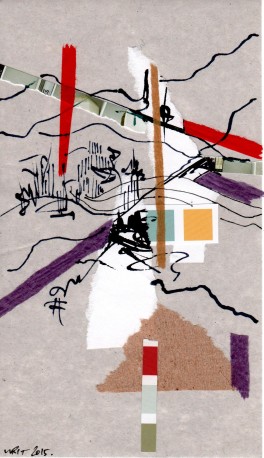
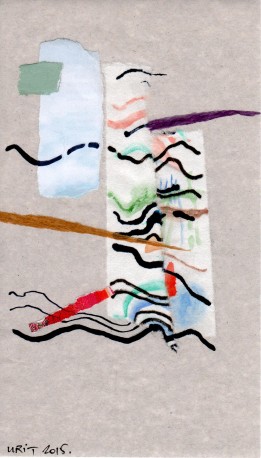

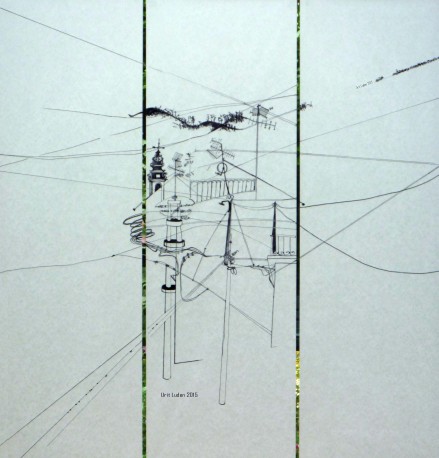

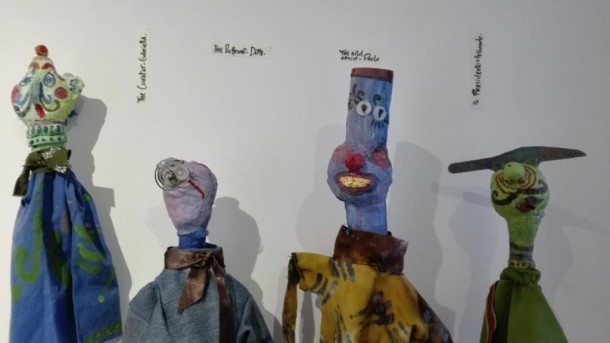
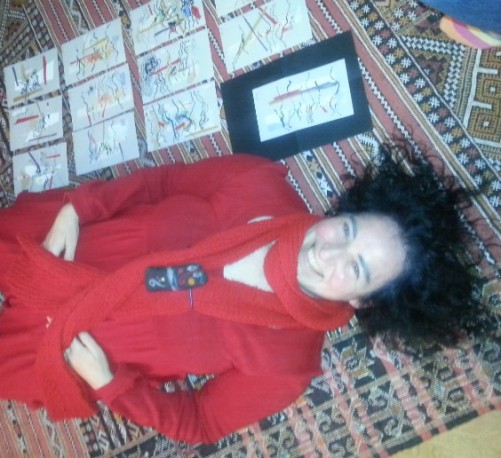
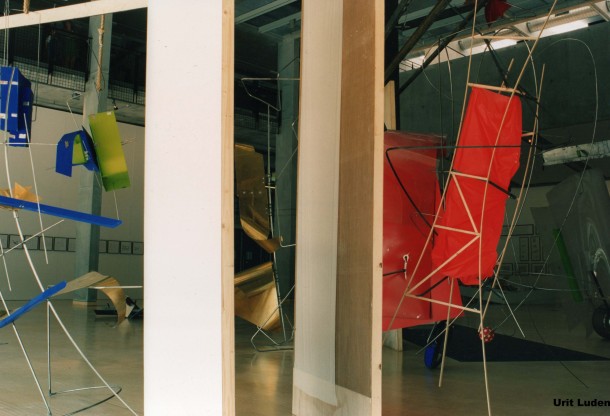
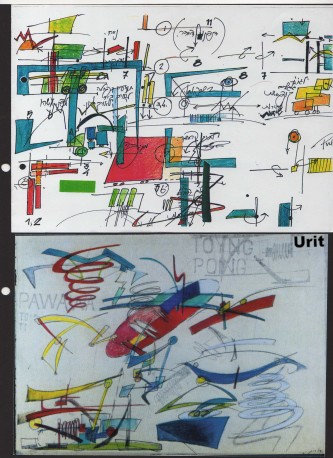
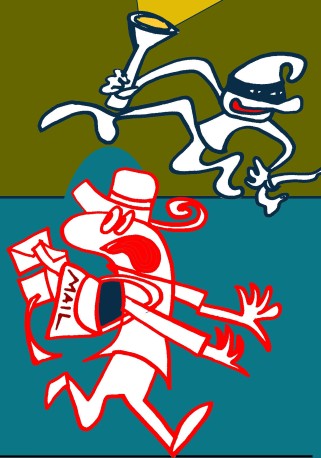














The opinions expressed by individual commentators and contributors do not necessarily constitute this website's position on the particular topic.